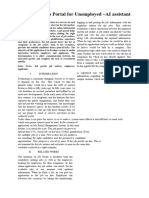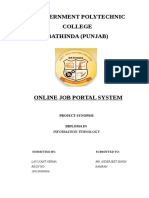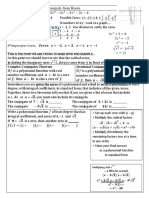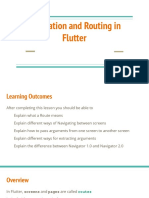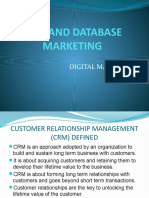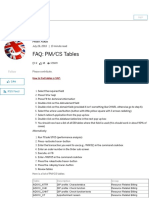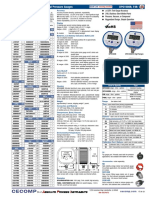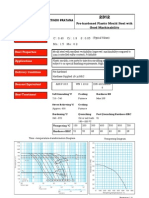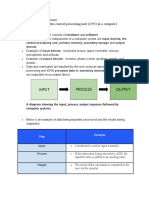0% found this document useful (0 votes)
157 views26 pagesADMS MiniProject Report
This document is a mini project report submitted by [Name] to Savitribai Phule Pune University in partial fulfillment of the Bachelor of Engineering degree in Information Technology. The report discusses the development of an online job portal system to manage job postings, applications, and the recruitment process. It aims to automate the existing manual recruitment system and provide a centralized platform for job seekers and employers. The report includes sections on the system introduction, motivation, scope, objectives, literature survey, system architecture, requirements, tools, algorithms, source code, screenshots, graphs, and conclusion. It was developed under the guidance of Professor Twinkle Shukla.
Uploaded by
Disha SalveCopyright
© © All Rights Reserved
We take content rights seriously. If you suspect this is your content, claim it here.
Available Formats
Download as DOCX, PDF, TXT or read online on Scribd
0% found this document useful (0 votes)
157 views26 pagesADMS MiniProject Report
This document is a mini project report submitted by [Name] to Savitribai Phule Pune University in partial fulfillment of the Bachelor of Engineering degree in Information Technology. The report discusses the development of an online job portal system to manage job postings, applications, and the recruitment process. It aims to automate the existing manual recruitment system and provide a centralized platform for job seekers and employers. The report includes sections on the system introduction, motivation, scope, objectives, literature survey, system architecture, requirements, tools, algorithms, source code, screenshots, graphs, and conclusion. It was developed under the guidance of Professor Twinkle Shukla.
Uploaded by
Disha SalveCopyright
© © All Rights Reserved
We take content rights seriously. If you suspect this is your content, claim it here.
Available Formats
Download as DOCX, PDF, TXT or read online on Scribd
/ 26



























